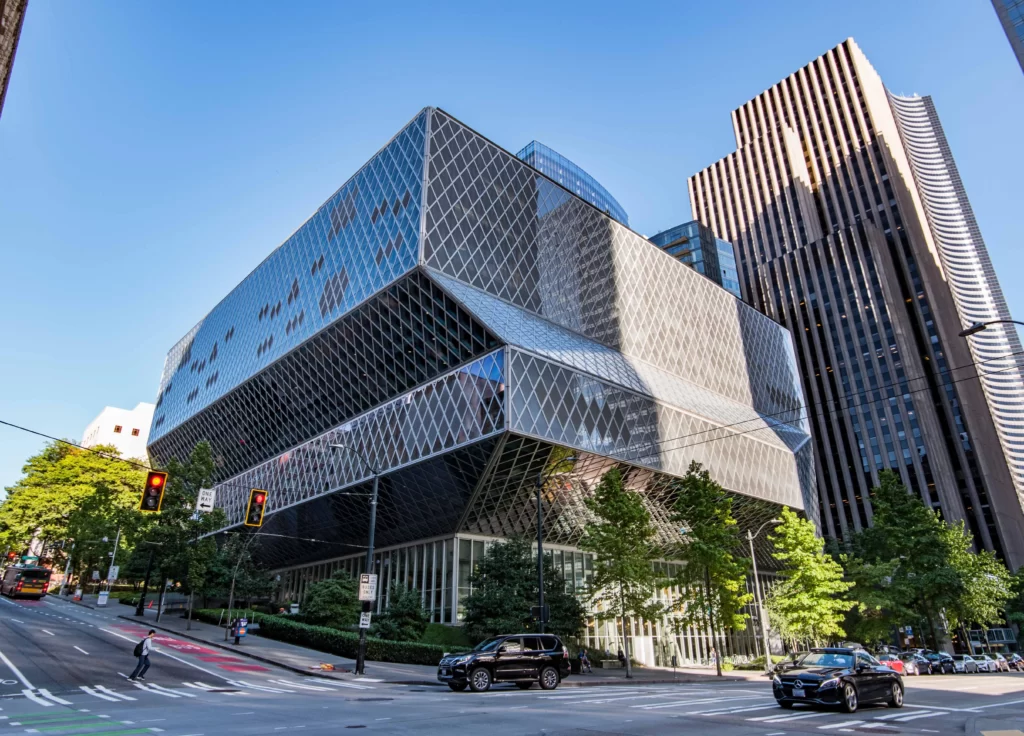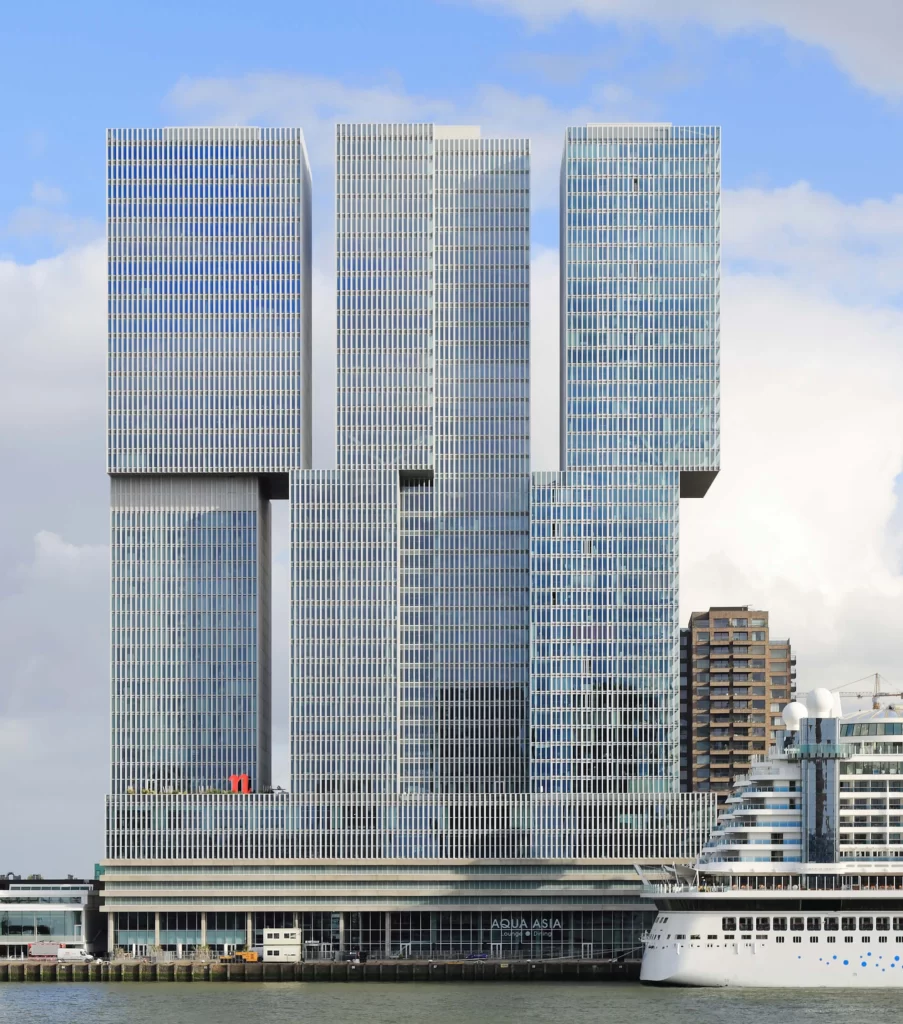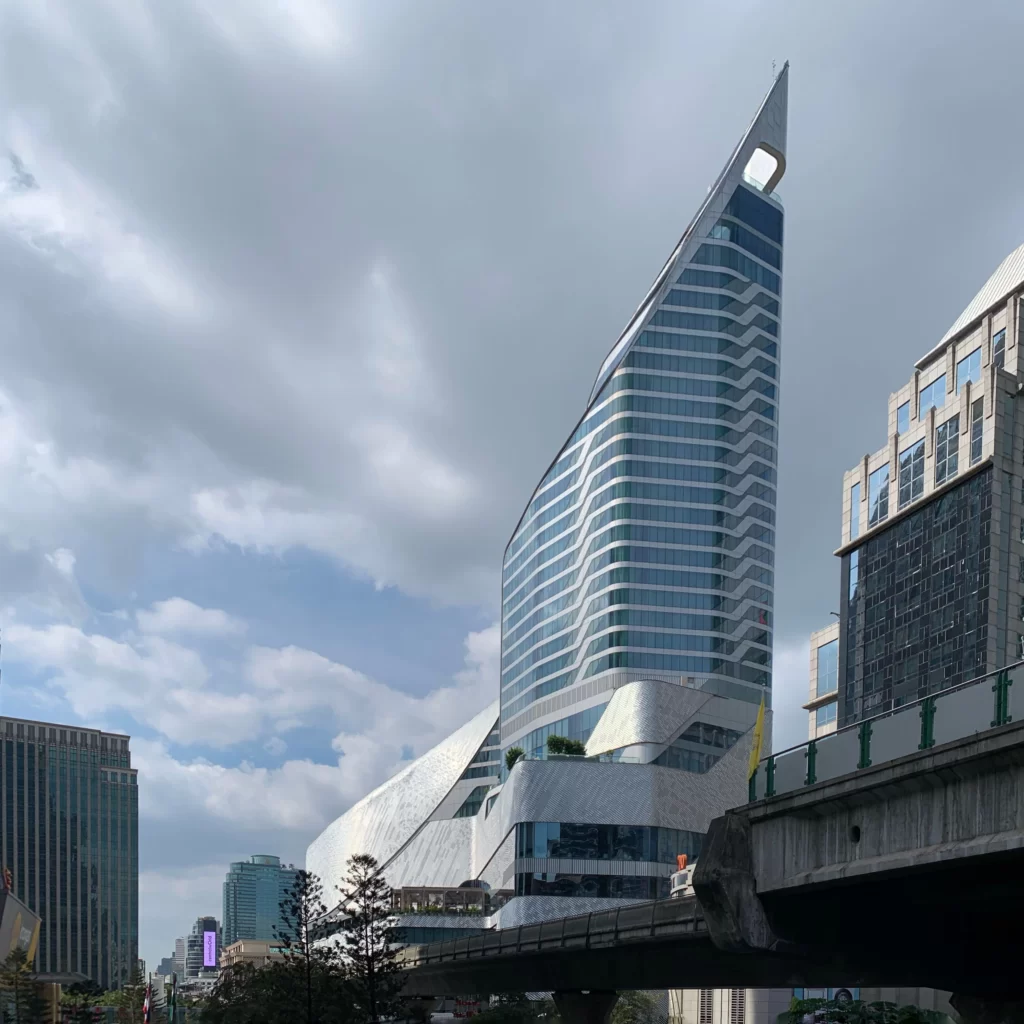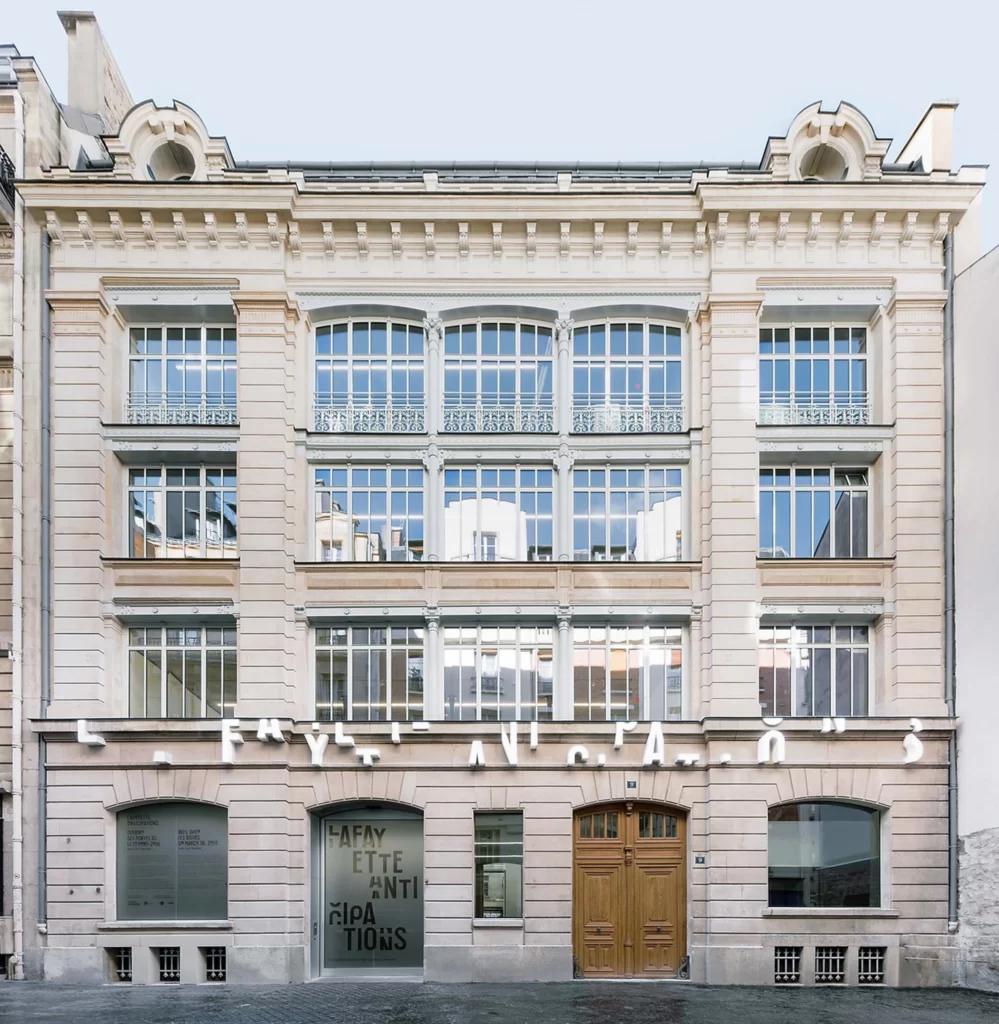If you want to know about the Islamic architecture or staircase design or landscape garden, please click the link.
Introduction
Rem Koolhaas is a renowned Dutch architect, urbanist, and theorist, born in Rotterdam in 1944. He is the founder of the architectural firm, OMA (Office for Metropolitan Architecture), which has designed many iconic buildings around the world.

Koolhaas has made significant contributions to architecture and design, both through his built projects and his writings on urbanism, culture, and society.
He has been awarded numerous accolades, including the Pritzker Architecture Prize, which is considered one of the highest honors in the field of architecture.
1) Early Life and Education
Rem Koolhaas was born in Rotterdam, Netherlands, in 1944, into a family of intellectuals. His mother was a writer and his father was a novelist and editor.
He studied architecture at the Architectural Association School of Architecture in London and later at Cornell University in the United States, where he completed his Master’s degree in architecture.
After completing his education, Koolhaas worked briefly as a journalist in New York City before returning to the Netherlands in the early 1970s to start his career as an architect.
He co-founded the Office for Metropolitan Architecture (OMA) in 1975, which quickly gained attention for its innovative and unconventional designs.
Koolhaas’s early experiences, including his education and work as a journalist, played a significant role in shaping his design philosophy. He was exposed to diverse cultural influences and had a strong interest in urbanism and the built environment, which he explored through his writing and research.
This influenced his approach to architecture and design, which often involves a critical analysis of the social and cultural context in which a building or project is situated.
Koolhaas’s interest in urbanism also informed his approach to designing buildings that respond to the unique challenges and opportunities presented by the urban environment.
He saw architecture as a means of engaging with and shaping the city, rather than simply creating isolated buildings. This perspective has had a profound impact on the field of architecture and has influenced generations of architects and designers.
2) Career and Major Works
Rem Koolhaas’s architectural firm OMA has designed many iconic buildings around the world. Some of his major works include:
i) CCTV Headquarters, Beijing, China:

Completed in 2012, the CCTV Headquarters is one of Koolhaas’s most recognizable buildings. The building’s striking form and unique structural design have made it an architectural landmark and a symbol of modern China.
ii) Casa da Música, Porto, Portugal:

Completed in 2005, the Casa da Música is a concert hall and cultural center in Porto. The building’s bold, angular design and use of materials such as concrete and glass create a striking visual impact.
iii) Seattle Central Library, Seattle, USA:

Completed in 2004, the Seattle Central Library is an innovative and functional design that features unique interior spaces and a distinctive exterior.
iv) De Rotterdam, Rotterdam, Netherlands:

Completed in 2013, De Rotterdam is a mixed-use development featuring three towers that are connected by a large podium. The building is notable for its size and scale, as well as its striking design.
v) Central Embassy, Bangkok, Thailand:

Completed in 2017, Central Embassy is a luxury shopping mall and hotel complex in Bangkok. The building’s undulating facade and use of reflective glass create a dynamic visual effect.
vi) Fondation Galeries Lafayette, Paris, France:

Completed in 2018, the Fondation Galeries Lafayette is a contemporary art center located in the heart of Paris. The building’s fluid and organic form creates a striking contrast with its surroundings.
Koolhaas’s unique design style and approach involve a critical analysis of the social and cultural context in which a building is situated. He believes that architecture should be responsive to the needs of its users and should engage with the urban environment in a meaningful way.
His designs often incorporate elements of surprise and playfulness, as well as a keen attention to functionality and efficiency.
Koolhaas’s designs have had a significant impact on the architecture and design world, inspiring a new generation of architects and designers to think critically about the role of architecture in shaping our built environment.
His approach to design has also helped to push the boundaries of what is possible in terms of form, structure, and materiality, resulting in some of the most innovative and influential buildings of our time.
3) Philosophy and Approach to Design
Rem Koolhaas’s design philosophy and approach are rooted in his belief that architecture should respond to the unique social, cultural, and economic context of a particular place.
He views architecture as a way to engage with and shape the urban environment, rather than just create isolated buildings.
Koolhaas places a strong emphasis on functionality and efficiency in his designs. He believes that architecture should be responsive to the needs of its users and should incorporate elements of flexibility and adaptability. This is reflected in many of his buildings, which feature open and flexible spaces that can be easily reconfigured to meet changing needs.
Koolhaas also places a strong emphasis on the use of materials and construction techniques that are both innovative and sustainable.
He believes that architecture has a responsibility to address environmental concerns and that designers should use materials and techniques that minimize waste and energy consumption.
In comparison to other architects and designers with similar philosophies, Koolhaas stands out for his focus on critical analysis and his willingness to challenge conventional wisdom.
He has a reputation for pushing the boundaries of what is possible in terms of form, structure, and materiality, resulting in some of the most innovative and influential buildings of our time.
Architects such as Zaha Hadid and Frank Gehry share Koolhaas’s focus on innovation and experimentation, but their designs often prioritize form over function.
Koolhaas, on the other hand, places a strong emphasis on the practical and functional aspects of design, while still pushing the boundaries of what is possible.
Overall, Koolhaas’s approach to architecture and design has had a significant impact on the field, inspiring a new generation of designers to think critically about the role of architecture in shaping our built environment.
His focus on functionality and efficiency, as well as his willingness to experiment with materials and techniques, have helped to redefine the boundaries of what is possible in architecture and design.
4) Awards and Achievements
Throughout his illustrious career, Rem Koolhaas has been recognized with numerous awards and accolades for his contributions to the field of architecture and design.
In 2000, Koolhaas was awarded the Pritzker Architecture Prize, one of the most prestigious awards in the field. He was also awarded the Royal Gold Medal from the Royal Institute of British Architects in 2004, and the Golden Lion for Lifetime Achievement at the 2010 Venice Biennale of Architecture.
Koolhaas’s impact on the architecture and design world has been significant, both locally and globally. His buildings, which are known for their innovative forms and structures, have become landmarks in cities around the world. His ideas and philosophy have also been influential in shaping the discourse around architecture and urbanism.
Koolhaas is known for his critical approach to architecture, and his willingness to challenge conventional wisdom. He has been a vocal critic of the trend towards “star architecture”, which he believes prioritizes spectacle over substance. Instead, Koolhaas advocates for an approach to architecture that is responsive to the unique social, cultural, and economic context of a particular place.
Koolhaas’s impact can be seen in the work of many architects and designers who have been inspired by his ideas and philosophy. His writings, including “Delirious New York” and “S,M,L,XL”, have helped to define a new approach to architectural theory and practice.
Locally, Koolhaas has had a significant impact on the architecture of his home country, the Netherlands. His design for the Kunsthal Rotterdam, completed in 1992, is widely regarded as one of the most important buildings of the 20th century in the Netherlands. Koolhaas has also been involved in several urban planning projects in the Netherlands, including the development of the city of Almere.
Globally, Koolhaas’s impact can be seen in the many buildings and urban planning projects he has completed around the world. His buildings, which range from cultural institutions to commercial and residential developments, have become iconic landmarks in cities from Beijing to Porto.
Overall, Rem Koolhaas’s impact on the architecture and design world has been significant and far-reaching. His innovative approach to design, his critical analysis of the field, and his commitment to sustainability and functionality have helped to redefine the boundaries of what is possible in architecture and design.
5) Criticisms and Controversies
While Rem Koolhaas is widely regarded as one of the most innovative and influential architects of his generation, his work and approach have also faced criticism and controversy.
One of the most common criticisms of Koolhaas’s work is that it prioritizes form over function. Some critics argue that his buildings are difficult to navigate and lack clear circulation patterns, making them challenging to use for their intended purposes. Others argue that his focus on innovation and experimentation comes at the expense of practicality and sustainability.
Another criticism of Koolhaas’s work is that it is overly reliant on technology and the use of expensive, high-tech materials. Some critics argue that this approach is unsustainable and not accessible to the average person.
There have also been controversies surrounding some of Koolhaas’s projects, such as the CCTV headquarters in Beijing, which has been criticized for its controversial history and political implications.
Additionally, there have been criticisms of Koolhaas’s involvement in urban planning projects, such as his work in Dubai, which some argue is contributing to the development of unsustainable, car-dependent cities.
Despite these criticisms and controversies, many argue that Koolhaas’s work and approach have had a significant and positive impact on the field of architecture and design. His willingness to challenge conventional wisdom and push the boundaries of what is possible has inspired a new generation of architects and designers to think critically about the role of architecture in shaping our built environment.
Additionally, his commitment to sustainability and his innovative use of materials and construction techniques have helped to raise awareness of environmental concerns and promote more sustainable building practices.
In conclusion, while there are valid criticisms of Rem Koolhaas’s work and approach, it is clear that his impact on the field of architecture and design has been significant and far-reaching.
His willingness to challenge conventional wisdom and push the boundaries of what is possible has inspired a new generation of designers, while his commitment to sustainability and functionality has helped to redefine the role of architecture in shaping our built environment.
6) Legacy and Influence
Rem Koolhaas’s impact on architecture and design has been significant and lasting. His innovative and unconventional approach to design has influenced a new generation of architects and designers, and his work has had a profound impact on the way people think about and approach design.
Koolhaas’s focus on functionality and efficiency, combined with his commitment to experimentation and innovation, has helped to redefine the role of architecture in shaping our built environment.
His designs are known for their bold, unconventional forms and their ability to push the limits of what is possible in terms of construction and material use.
Koolhaas’s influence can be seen in the work of many contemporary architects and designers, who have been inspired by his commitment to challenging conventional wisdom and pushing the boundaries of what is possible.
His ideas and concepts have also influenced the way people think about design and its impact on society and the environment.
One of the most significant ways that Koolhaas’s work has influenced the field of architecture and design is through his focus on sustainability and the use of new materials and construction techniques.
His commitment to sustainable design has helped to raise awareness of environmental concerns and promote more sustainable building practices.
Koolhaas’s work has also influenced the way people think about and approach urban design. His involvement in urban planning projects, such as his work in Dubai and Beijing, has helped to promote new ideas and approaches to urban design that focus on creating more livable, sustainable cities.
In conclusion, Rem Koolhaas’s lasting impact on architecture and design is undeniable. His innovative and unconventional approach to design has influenced a new generation of architects and designers, and his commitment to sustainability and functionality has helped to redefine the role of architecture in shaping our built environment.
His influence can be seen in the work of many contemporary architects and designers, and his ideas and concepts have influenced the way people think about and approach design in the 21st century.
7) Conclusion
In conclusion, Rem Koolhaas’s impact on architecture and design is significant and far-reaching. His commitment to functionality, efficiency, and sustainability has helped to redefine the role of architecture in shaping our built environment.
His work has also influenced the way people think about and approach urban design, and has inspired a new generation of architects and designers to push the boundaries of what is possible.
The legacy of Rem Koolhaas serves as a reminder that innovation and experimentation are key to moving the field of architecture and design forward.